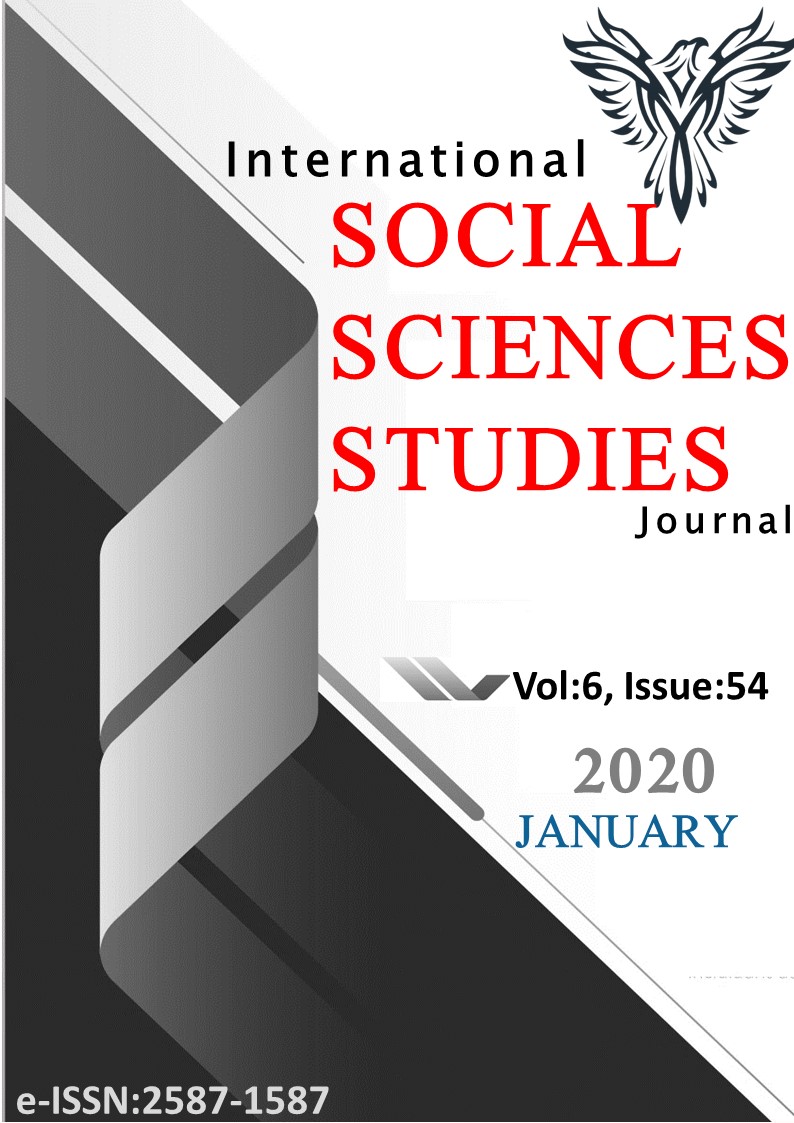Ortaokul Öğrencilerinin İyimserlik Kötümserlik İle Öz Şefkat Durumları Arasındaki İlişkinin İncelenmesi
Author :
Abstract
Bu çalışmada, Kırıkkale il merkezinde bulunan ortaokullara devam eden öğrencilerin iyimserlik kötümserlik ile öz-şefkat düzeylerinin çeşitli değişkenler açısından incelenmesi ve iyimserlik kötümserlik ile öz-şefkat düzeyleri arasındaki ilişkinin belirlenmesi amaçlanmıştır. Araştırmada, ortaokulların 6. 7. ve 8. sınıflarında eğitim gören 185 kız 165 erkek olmak üzere toplam 350 öğrenci yer almıştır. Veriler, “Kişisel Bilgi Formu”, “İyimserlik Kötümserlik Ölçeği” ve “Çocuklar İçin Öz Şefkat Ölçeği (ÇÖŞÖ)” ile elde edilmiştir. Gruplar arasındaki farklılığı belirlemek için t-testi, ve Tek Yönlü Varyans analizleri kullanışmış, öğrencilerin iyimserlik kötümserlik ve öz şefkat puanları arasında anlamlı bir ilişki olup olmadığını belirlemek üzere de, Pearson Çarpım Moment Korelasyon katsayısı hesaplanmıştır. Araştırma sonucunda 11-12 yaş grubu iyimserlik alt boyut puan ortalamalarının 13-14 yaş grubuna göre daha yüksek olduğu, anne ve baba öğrenim durumu değişkenine göre ise kötümserlik alt boyut puanlarında anlamlı farklılık görülmüştür. Ayrıca cinsiyet, gelir durumu ve sınıf değişkenlerine göre negatif öz şefkat, baba öğrenim durumunun ise pozitif öz şefkat alt boyut puanları arasında anlamlı bir farklılık oluşturduğu, 11-12 yaş grubunda yer alan çocukların pozitif öz şefkat puan ortalamalarının 13-14 yaş grubuna göre daha yüksek olduğu saptanmıştır. İyimserlik kötümserlik ölçeği ile çocuklar için öz şefkat ölçeğinden alınan puanlar arasında iyimserlik ile pozitif öz şefkat arasında pozitif yönde, negatif öz şefkat arasında ise negatif yönde, kötümserlik ile pozitif öz şefkat arasında negatif, negatif öz şefkat arasında ise pozitif yönde anlamlı ilişki olduğu saptanmıştır.
Keywords
Abstract
In this study, it was aimed to examine the optimism-pessimism and self-compassion levels of students who are studying in the middle-schools of Kırıkkale province in terms of different variables and to determine the relationship between the optimism-pessimism and self-compassion levels of students. 350 students, 185 females and 165 males, participated in the study who were studying in the 6 th , 7 th and 8 th grade in middle school. The data was obtained with “Personal Information Form”, “Optimism Pessimism Scale” and “Self-Compassion Scale for Children (SCSC)”. T-test and One-Way Analysis of Variance analyses were used in order to determine the difference between the groups and Pearson Product Moment Correlation coefficient was calculated in order to determine whether or not there is a significant relationship between the optimism-pessimism and self-compassion scores of students. As a result of the study, it was observed that the score averages of optimism sub-dimension were higher in 11-12 age group than the 13-14 age group and a significant difference was observed in the pessimism sub-dimension scores of students according to the education status of parents variable. Furthermore, it was determined that gender, income status, and grade variables created a significant difference in negative self-compassion sub-dimension and the father education status created a significant difference in the positive self-compassion sub-dimension and the score averages of positive self-compassion of students in the 11- 12 age group were higher than the students in the 13-14 age group. It was determined that between the scores that were obtained from the optimism-pessimism scale and self-compassion scale for children; there was a positive significant relationship between the optimism and positive self-compassion levels and a negative significant relationship between the optimism and negative self-compassion levels, a negative significant relationship between the pessimism and positive self-compassion levels and a positive significant relationship between the pessimism and negative self-compassion levels.





